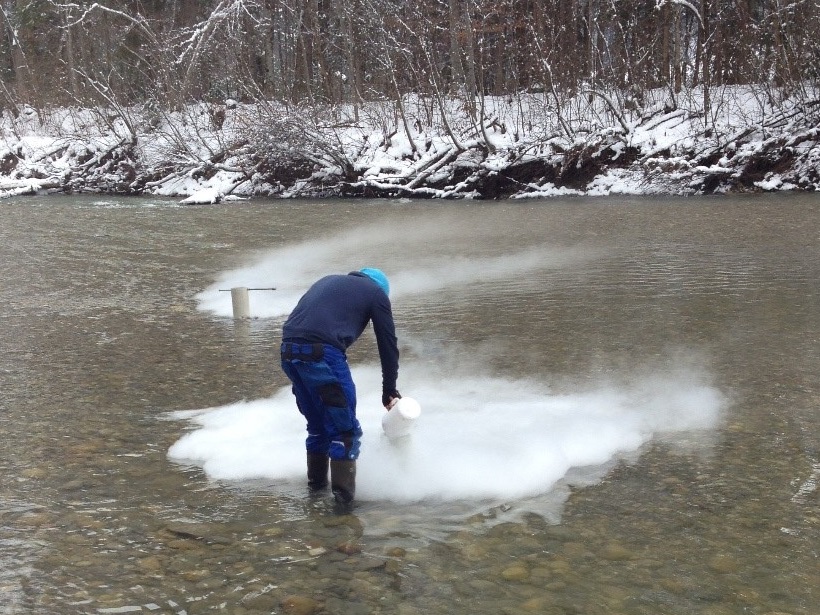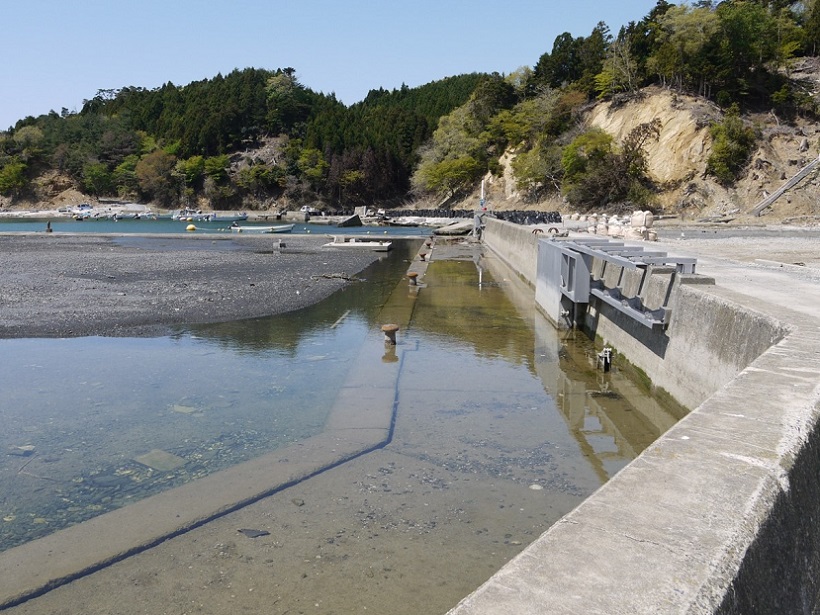Scientific understanding of atmospheric hazards and their interconnectivity can contribute to international policy and disaster risk management.
Reviews of Geophysics
Ocean Tides Affect Ice Loss from Large Polar Ice Sheets
A recent paper in Reviews of Geophysics discusses how ocean tides affect the motion of, and loss of ice from, the Antarctic and Greenland ice sheets.
The Challenges of Drought Prediction
Advances in dynamical modeling and the use of hybrid methods have improved drought prediction, but challenges still remain to improve the accuracy of drought forecasting.
Above and Below: Understanding River-Groundwater Exchanges
Field data, new technologies, numerical modelling, and geostatistical methods can be combined to improve understanding of the interactions between surface water and groundwater.
Modeling Megathrust Zones
A recent paper in Review of Geophysics built a unifying model to predict the surface characteristics of large earthquakes.
Pedotransfer Functions Bring New Life to Earth System Modeling
A recent paper in Reviews of Geophysics describes how currently available soil information furthers our understanding of soil processes and their integration in Earth system modeling.
Learning from an Extreme El Niño
A recent paper in Reviews of Geophysics describes new scientific insights on the El Niño-Southern Oscillation from analysis of the 2015-2016 extreme El Niño.
Spills, Sediment, and Shoreline Contamination
A recent paper in Reviews of Geophysics describes the formation and behavior of oil-sediment residues in marine and coastal environments following an oil spill.
Probability Analysis Improves Hazard Assessment
A recent paper in Reviews of Geophysics describes a probabilistic method for evaluating tsunami location, size, and risk to human populations.
Examining our Eyes in the Sky
A recent paper in Reviews of Geophysics explored the challenges of validating data collected from Earth observation satellites.










